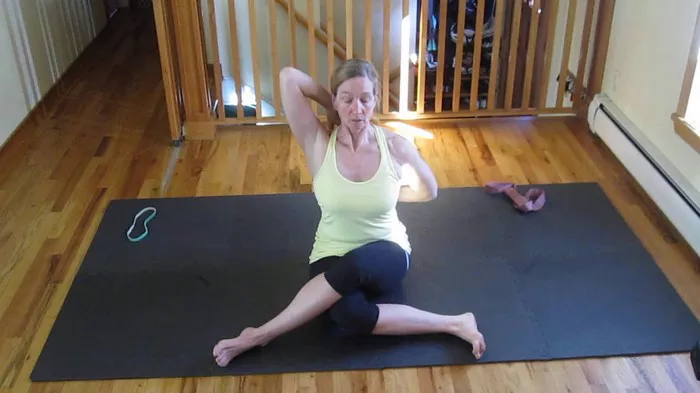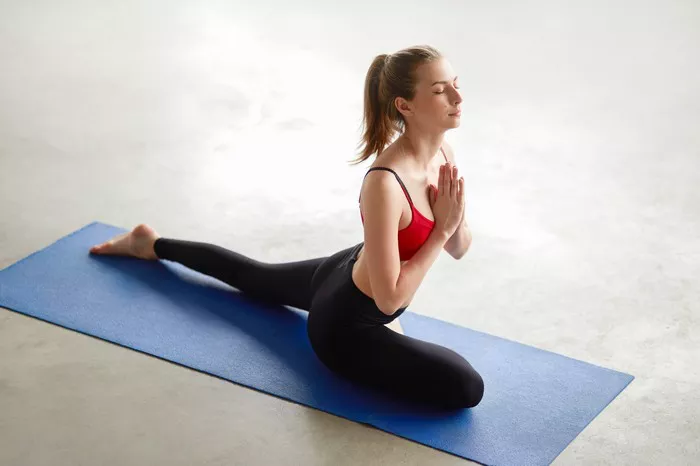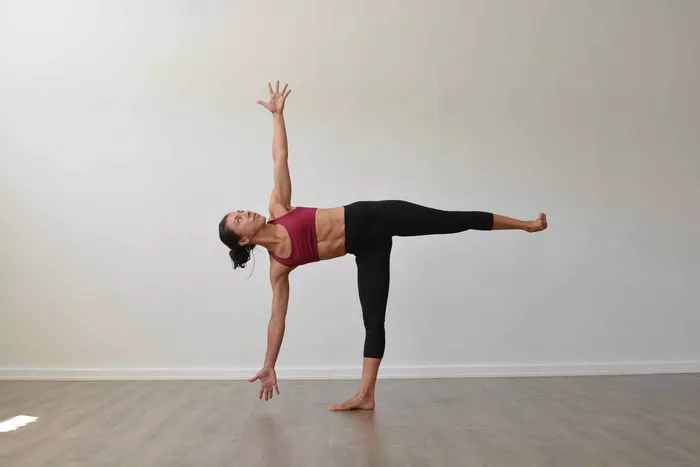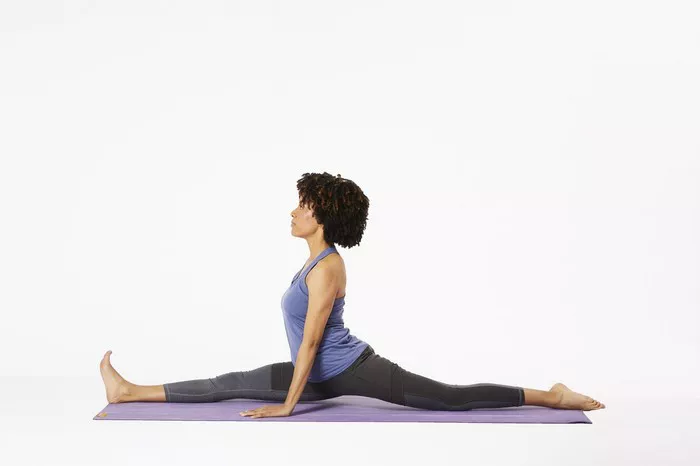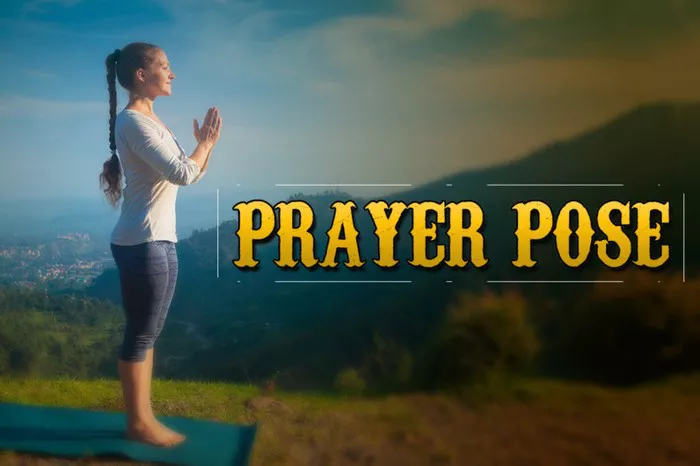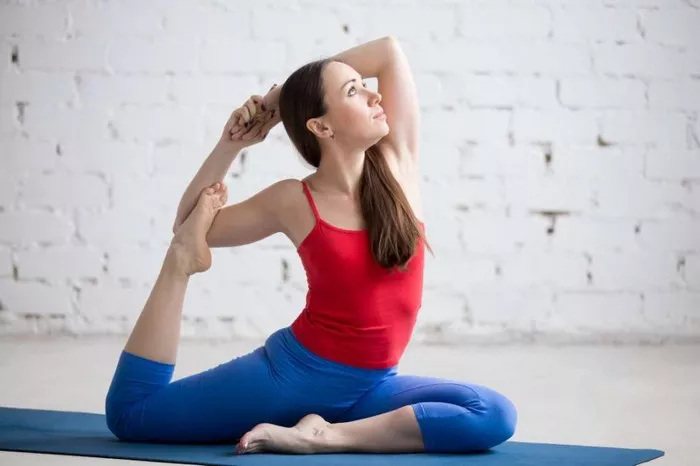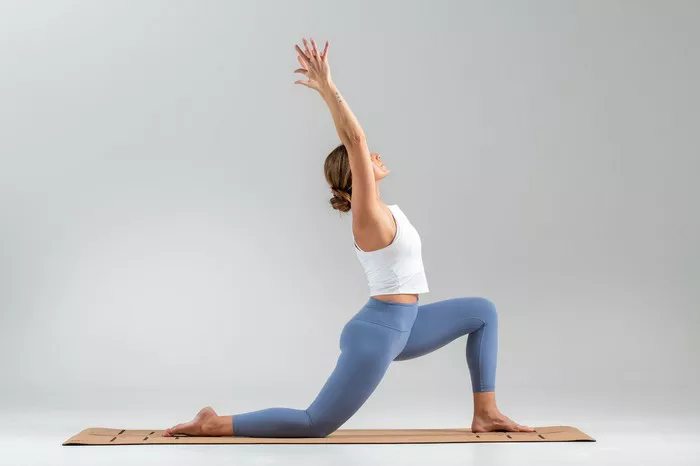Yoga, an ancient practice originating from the Indian subcontinent, has gained immense popularity worldwide for its physical, mental, and spiritual benefits. Among the myriad poses within the yoga repertoire, the Pretzel Pose stands out as a challenging yet rewarding asana. In this article, we delve into the origins and symbolism of the Pretzel Pose, its physical and mental benefits, variations and modifications, step-by-step instructions, as well as precautions and contraindications to ensure a safe practice.
Origins and Symbolism
The Pretzel Pose, known as “Rajakapotasana” in Sanskrit, finds its roots in Hatha Yoga, a branch of yoga that focuses on physical postures to align the body and mind. The term “Rajakapotasana” is derived from three words: “Raja” meaning king, “Kapota” meaning pigeon, and “Asana” meaning posture. Together, it translates to the posture of the king pigeon. This name evokes images of strength, grace, and regality, reflecting the qualities one may embody while practicing this pose.
Symbolically, the Pretzel Pose represents balance, both physically and mentally. It requires a harmonious blend of strength and flexibility, as well as concentration and surrender. Just as a pretzel intertwines its dough in a complex yet unified manner, this pose intertwines the body, fostering a sense of unity within oneself.
Physical and Mental Benefits
The Pretzel Pose offers a plethora of physical and mental benefits, making it a valuable addition to any yoga practice.
Physical Benefits:
Increased Flexibility: The Pretzel Pose primarily targets the hip flexors, quadriceps, and gluteal muscles, promoting flexibility in these areas.
Improved Spinal Health: The twisting motion of the pose enhances spinal mobility and helps alleviate stiffness in the back.
Strengthened Core: Engaging the core muscles for stability during the pose strengthens the abdominal muscles and improves posture.
Enhanced Circulation: The deep stretch in the hips and thighs stimulates blood flow, nourishing the muscles and organs.
Relief from Sciatica: Regular practice of the Pretzel Pose can provide relief from sciatic pain by releasing tension in the piriformis muscle, which often contributes to sciatica.
Mental Benefits:
Stress Reduction: The focused breathing and mindful movement involved in the Pretzel Pose promote relaxation and reduce stress levels.
Improved Concentration: Holding the pose requires concentration and mental focus, which can enhance cognitive function and clarity of mind.
Emotional Release: The opening of the hips in the Pretzel Pose is believed to release stored emotions and tension, leading to a sense of emotional well-being.
Mind-Body Connection: Practicing the Pretzel Pose cultivates a deeper awareness of the connection between the body and mind, fostering mindfulness and self-awareness.
Variations and Modifications
While the Pretzel Pose may seem intimidating at first, there are several variations and modifications that can accommodate practitioners of all levels and abilities.
Seated Pretzel Pose: For beginners or individuals with limited flexibility, the seated version of the pose can be practiced. Sit on the floor with legs extended, bend one knee, and cross the foot over the opposite thigh. Gently twist towards the bent knee, placing the opposite elbow on the outside of the knee for support.
Supported Pretzel Pose: Using props such as yoga blocks or bolsters can provide support and make the pose more accessible. Place a block or bolster under the hip of the bent leg to elevate it and reduce strain on the hips and knees.
Dynamic Pretzel Flow: Incorporating movement into the pose can increase its fluidity and intensity. From the basic Pretzel Pose, inhale to lengthen the spine, exhale to deepen the twist, and repeat for several breaths before switching sides.
Advanced Pretzel Variations: For experienced practitioners looking to deepen their practice, variations such as the Mermaid Pose or King Pigeon Pose can offer a greater challenge and stretch.
Step-by-Step Instructions
Practice the Pretzel Pose with mindful awareness and attention to alignment to maximize its benefits and prevent injury. Follow these step-by-step instructions:
- Begin in a seated position on the mat with legs extended in front of you.
- Bend your right knee and bring the sole of the right foot to the floor, placing it close to the left sitting bone.
- Cross your left leg over the right, placing the left foot flat on the floor outside the right knee.
- Inhale to lengthen the spine, then exhale and twist towards the left, placing the right elbow on the outside of the left knee for support.
- Press the elbow into the knee to deepen the twist, keeping the spine tall and shoulders relaxed.
- Hold the pose for 5-10 breaths, breathing deeply into the belly and maintaining steady awareness.
- To release, gently unwind from the twist and repeat on the opposite side.
Precautions and Contraindications
While the Pretzel Pose offers numerous benefits, it is essential to practice with caution, especially if you have any pre-existing medical conditions or injuries. Here are some precautions and contraindications to consider:
Avoid if Pregnant: Pregnant individuals should avoid deep twisting poses like the Pretzel Pose, as they may put strain on the abdomen and compromise fetal circulation.
Knee or Hip Injuries: If you have knee or hip injuries, approach the pose with caution and consider using props or modifications to reduce strain on the joints.
Lower Back Issues: Individuals with lower back issues or herniated discs should avoid deep twists and consult with a healthcare professional before attempting the Pretzel Pose.
High Blood Pressure: Those with high blood pressure should avoid holding the breath during the pose and practice with awareness to avoid sudden changes in blood pressure.
Conclusion
In conclusion, the Pretzel Pose is a challenging yet rewarding yoga asana that offers a wide array of physical, mental, and emotional benefits. By exploring its origins and symbolism, understanding its physical and mental effects, exploring variations and modifications, and practicing with mindfulness and caution, practitioners can harness the transformative power of this pose to enhance their overall well-being. As with any yoga practice, listen to your body, honor its limitations, and approach the practice with an open heart and mind.
FAQs:
What muscles does the pretzel work?
The Pretzel Pose primarily targets the muscles in the hips, thighs, and lower back. The deep external rotation of the hip joint engages muscles such as the gluteus maximus, piriformis, and tensor fasciae latae. Additionally, the quadriceps and hamstrings are activated to support the legs in the crossed position. The spinal twist involved in the pose works the muscles along the spine, including the erector spinae and obliques, promoting spinal flexibility and mobility.
What are legs in pretzel position?
In the Pretzel Pose, one leg is bent with the foot placed near the opposite hip, while the other leg is crossed over it with the foot flat on the floor outside the bent knee. This positioning creates a pretzel-like configuration with the legs, hence the name of the pose. The leg that is bent and tucked in towards the body is referred to as the base leg, while the leg that is crossed over it is the top leg.

